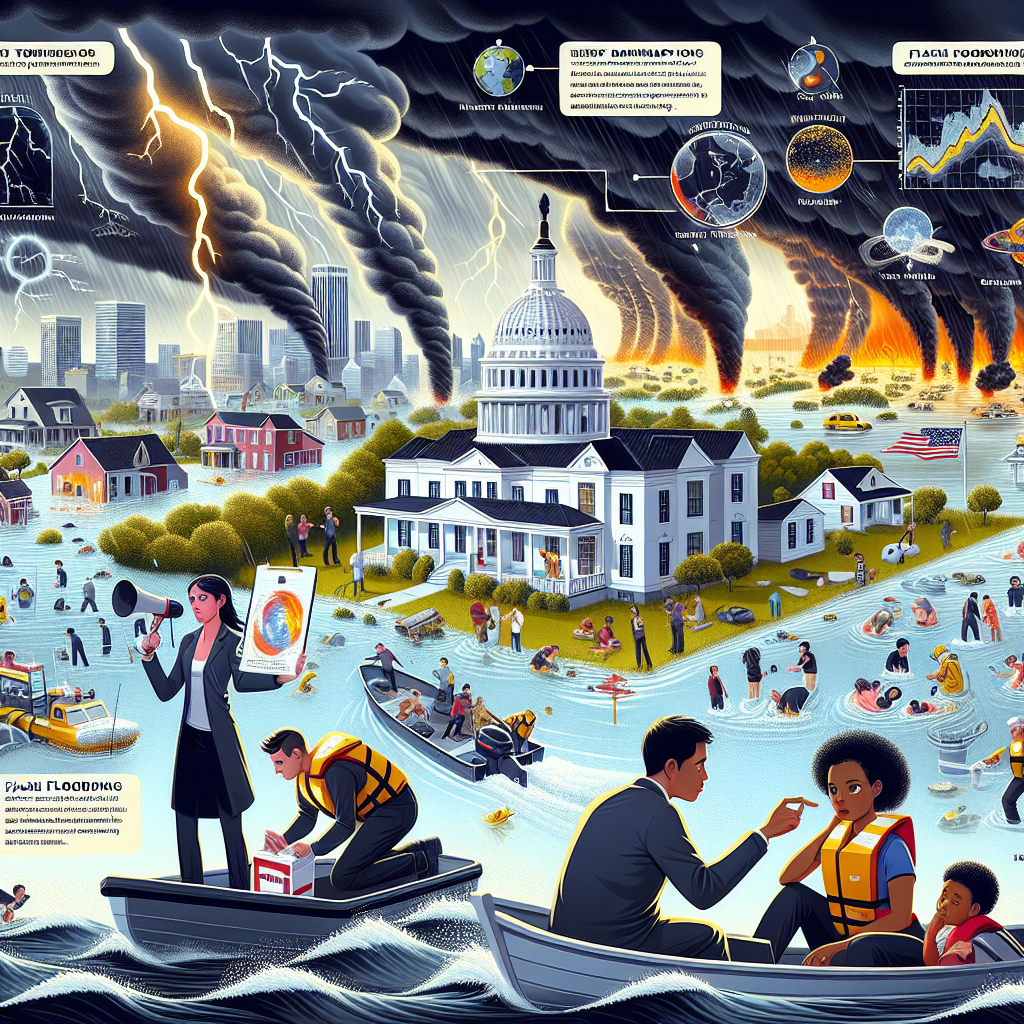Understanding the Impact of Severe Storms and Flash Flooding in the US
Understanding the Impact of Severe Storms and Flash Flooding in the US
The Growing Frequency of Severe Weather Events
In recent years, the United States has witnessed an alarming increase in the frequency and intensity of severe storms and flash flooding. These weather phenomena are not only becoming more common but are also causing unprecedented damage to infrastructure and communities.
Key Factors Contributing to Severe Storms
Several factors are contributing to the rise in severe storms and flash flooding:
- Climate Change: Rising global temperatures are leading to more intense and frequent storms.
- Urbanization: Increased urban development reduces natural drainage, exacerbating flooding.
- Deforestation: Loss of trees and vegetation diminishes the land’s ability to absorb rainfall.
Impact on Communities and Infrastructure
The consequences of these severe weather events are far-reaching, affecting various aspects of life:
- Economic Losses: Damage to property and infrastructure results in significant financial costs.
- Displacement: Many families are forced to evacuate their homes, leading to temporary or permanent displacement.
- Public Health Risks: Flooding can lead to waterborne diseases and other health hazards.
Mitigation and Adaptation Strategies
Efforts to mitigate the impact of severe storms and flash flooding are crucial. Key strategies include:
- Improved Infrastructure: Investing in resilient infrastructure to withstand extreme weather.
- Community Preparedness: Educating communities on emergency preparedness and response.
- Environmental Conservation: Promoting reforestation and sustainable land use practices.
Conclusion
Severe storms and flash flooding pose significant challenges to the United States, driven by climate change and human activities. Understanding these impacts and implementing effective mitigation strategies are essential to safeguarding communities and minimizing future risks. By investing in resilient infrastructure and promoting environmental conservation, the nation can better prepare for and adapt to these increasingly common weather events.








































